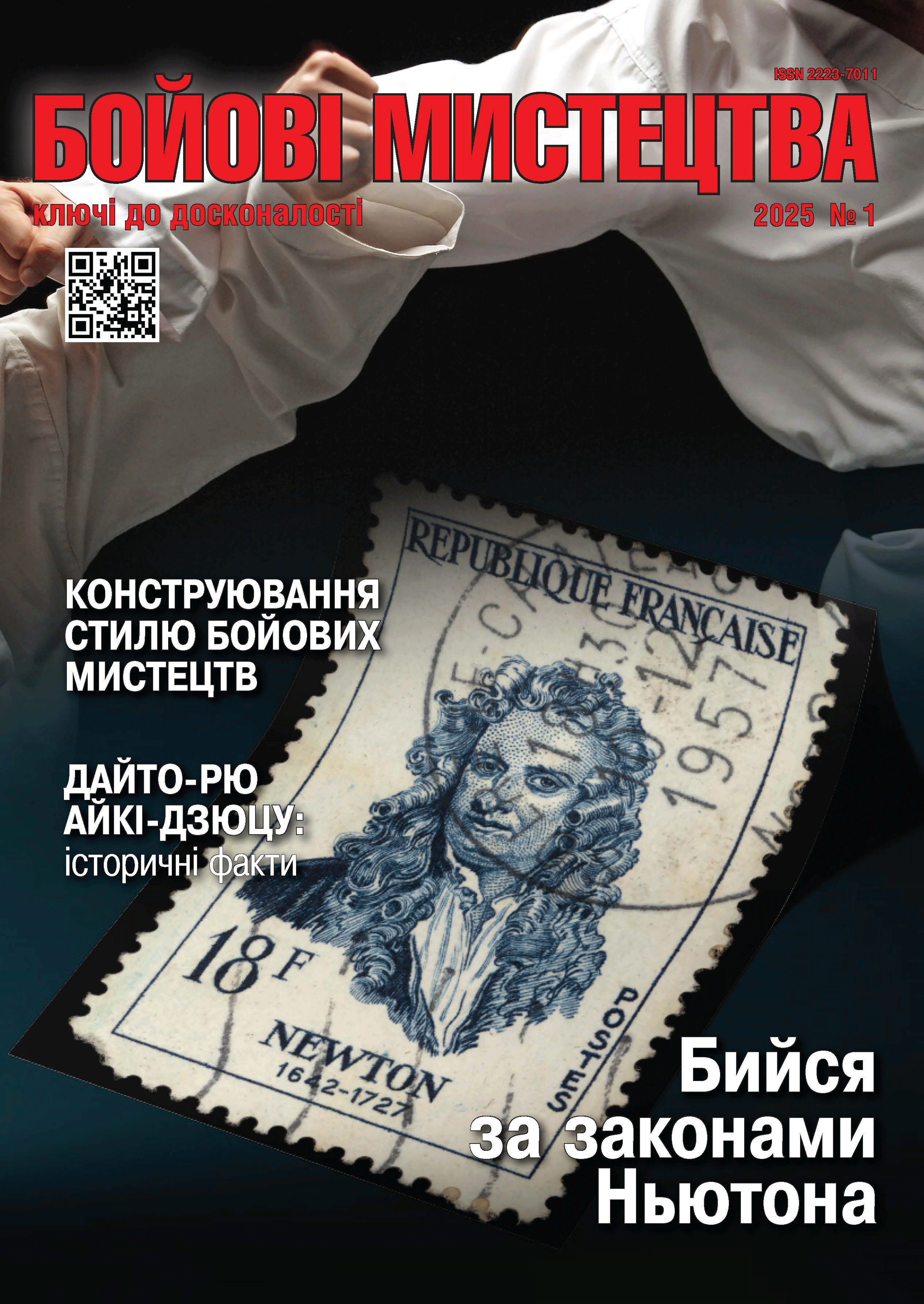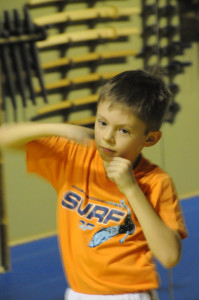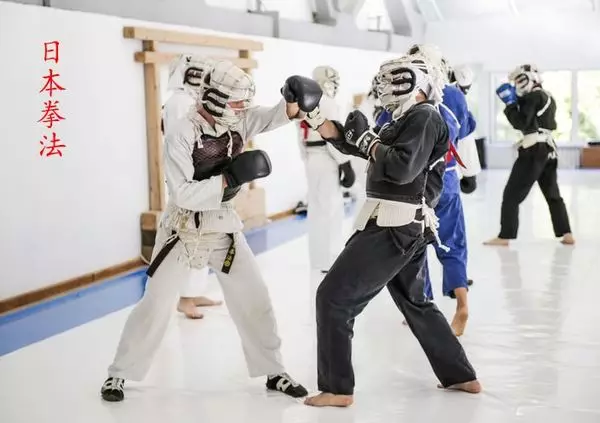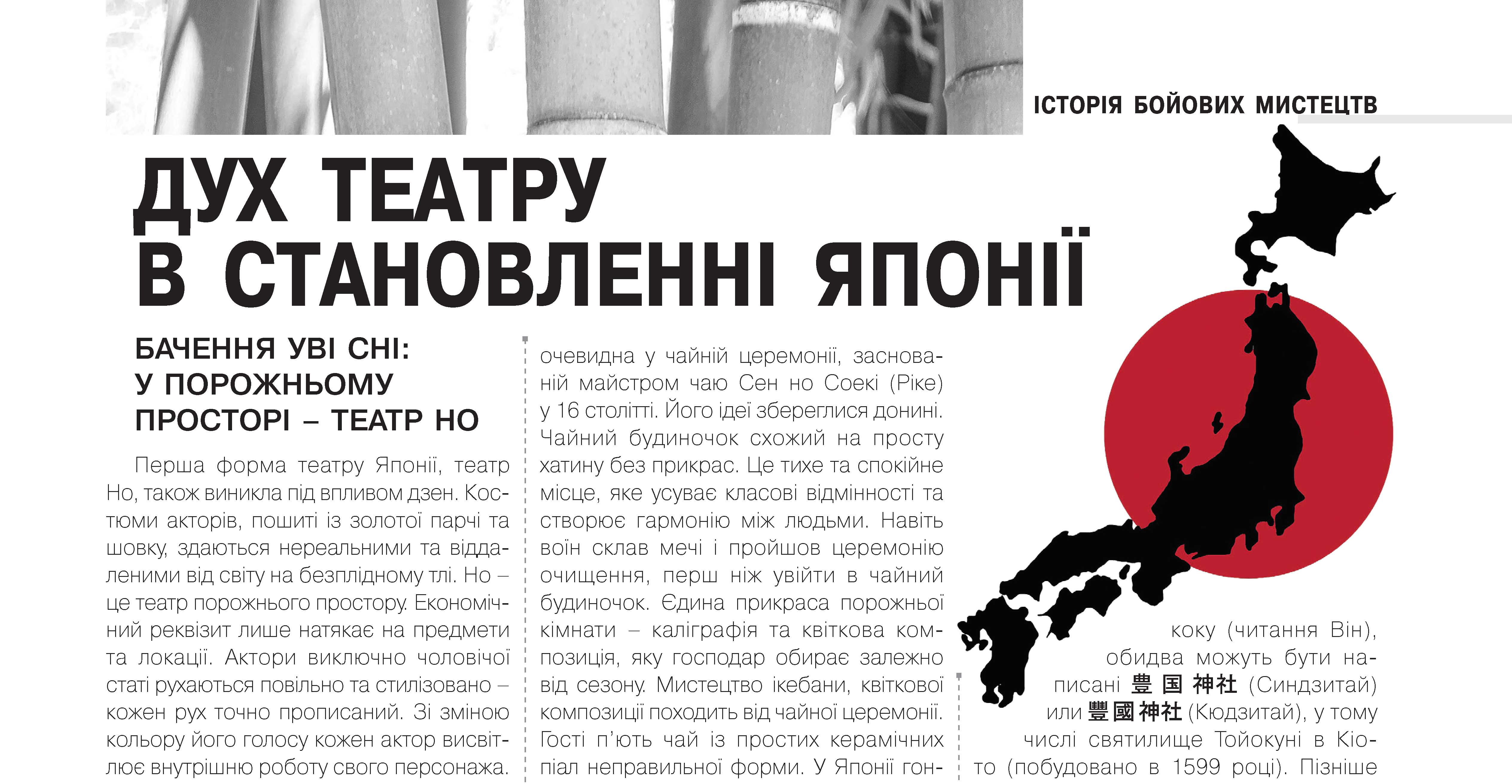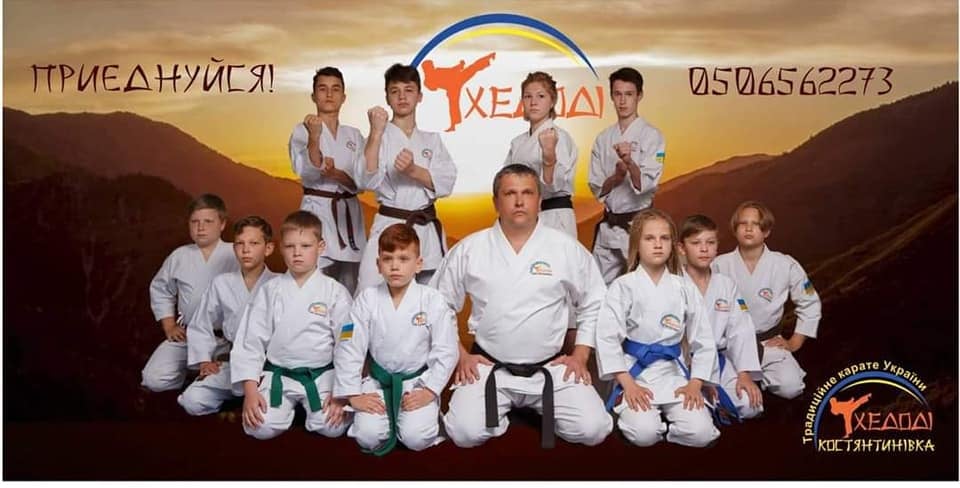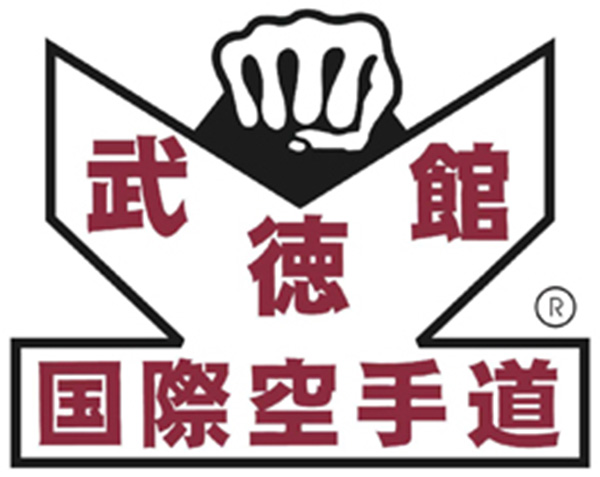
The competition will be in accordance with WKF Competition Rules Version 9.0 2015 but may have changes or amendments authorised by the Chief Referee. Open to all EKF/WKF members and anyone or group outside the EKF/WKF but not belonging to another World Body.
First Aid cover will be in attendance on the day for all Kumite events. The day will start with Kata events. Kumite events will be starting at 12noon approximately. Therefore, any group entering Kumite sections must be at the venue and ready to compete at 12noon.
Deposits are non-refundable unless the tournament is cancelled. A confirmation of your entry will be forwarded to you by email. Please note - contact us if you do not receive confirmation of your entry application.
Referee Panel - Kumite
For Kumite, the Referee Panel will consist of 1 Referee (Shushin) and either 2 or 4
Judges (Fukushin) depending on number of Officials available.
Decisions will be given in accordance with WKF Competition Rules 9.0 -
2015. All decisions will only be given when a minimum of 2 officials give the same
signal.
REFEREE PANEL - KATA
The Referee Panel will consist of 3 or 5 Judges.
Chief Referee’s decision is final. No protest is allowed with regard to Referee decisions. In
the event of queries only the official coach may approach the table. All competitors or
spectators must make any query through their coach.
Only coaches with a pass will be allowed on the competition areas.
Maximum two passes per group.
It is the coach and competitors responsibility to ensure that they have placed themselves in
the correct category. Changes cannot always be made on the day and no refund will be given
under this circumstance. Please note that the Organiser and Chief Referee reserve the right to
cancel or merge categories if not enough entrants.
As part of our child protection policy anyone wishing to take photos at the competition areas
or want to video the event needs to complete an information form and receive a pass.
Medals will be awarded to 1st, 2nd and joint 3rd places. All categories are completed on the
area at the time of the event and medals awarded – no finals later in the day!KATA
1d) Kata is judged using the WKF elimination system using RED and Blue flags and three
judges. Judges will use the WKF criteria for decisions.
2d) Individual and Team Kata must be performed within the competition area and
competitors must begin facing the chief Judge.
3d) Competitors must wear a clean white gi wearing either Red or Blue belt.
4d) In Category KA1 any Kata may be performed and repeated subject to rule 10d.
5d) In categories KA3, KA5, KA7, KA9 and KA11 any Kata may be performed but not
repeated consecutively subject to rule 10d.
6d) In Categories KA2, KA4, KA6, KA8, KA10 and KA12 any Kata may be performed but
NOT repeated. Repetition will result in disqualification.
7d) In Team/Pairs Kata the performance of Bunkai will not be required.
8d) Team/Pairs, the Kata can be repeated.
9d) In Categories KA1 – KA4, both competitors will compete simultaneously with the
exception of the Final.
10d) In all Categories 4th Kyu & Below, Only Heian/Pinan or equivalent may be performed
with the exception of Semi-Finals & Finals.
11d) In Categories KA6, KA8, KA10 & KA12, any known Style Kata can be performed but
must conform to the applicable Style of Karate.
Kata must be nominated to the table prior to each round.
Any traditional karate kata may be performed with the exception of weapons kata (Kobudo).
Variations as taught by the contestant’s style of Karate will be permitted.
The score table will be notified of the choice of Kata prior to each round.
1. Kata competition takes the form of Team and Individual matches. Team matches consist of
competition between three person teams. The Individual Kata match consists of individual
performance in separate male and female divisions.
2. The elimination system with repechage will be applied.
3. Slight variations as taught by the contestant’s style (ryu-ha) of Karate will be permitted.
4. The score table will be notified of the choice of Kata prior to each round.
Only Kata from the official Kata list may be performed.KATA – CRITERIA FOR DECISION
In assessing the performance of a contestant or team the Judges will evaluate the performance
based on the three (3) major criteria; conformance, technical performance and athletic
performance. All of the three major criteria are to be given equal importance in the evaluation
of the performance. Bunkai are to be given equal importance as the kata itself.
1. Conformance - to the form itself and the standards of the applicable style. (ie – A
Shotokan Kata must conform to Shotokan)
2. Technical performance
a. Stances
b. Techniques
c. Transitional movements
d. Timing/Synchronisation
e. Correct breathing
f. Focus (kime)
g. Technical Difficulty
3. Athletic performance
a. Strength
b. Speed
c. Balance
d. Rhythm
KATA - Disqualification
A competitor or a team of competitors may be disqualified for any of the following reasons:
1) Performing the wrong kata or announcing the wrong kata.
2) Failing to bow at the beginning and completion of the kata performance.
3) A distinct pause or stop in the performance.
4) Interference with the function of the judges (such as the judge having to move for safety
reasons or making physical contact with a judge).
5) Belt falling off during the performance.
6) Exceeding the total time limit of 6 minutes duration for Kata and Bunkai.
7) Failure to follow the instructions of the Chief Judge or other misconduct.
KATA - Fouls
The following fouls, if apparent, must be considered in the evaluation according to above
criteria.
a) Minor loss of balance.
b) Performing a movement in an incorrect or incomplete manner such as failure to fully
execute a block or punching off target.
c) Asynchronous movement, such as delivering a technique before the body transition is
completed, or in the case of team kata; failing to do a movement in unison.
d) Use of audible cues (from any other person, including other team members) or theatrics
such as stamping the feet, slapping the chest, arms, or karate-gi, or inappropriate exhalation,
will automatically be penalized by the judges deducting the total portion of the score for the
technical performance of the kata (and thus losing one third of the total score for the
performance)
e) Belt coming loose to the extent that it is coming off the hips during the performance.
f) Time wasting, including prolonged marching, excessive bowing or prolonged pause before
starting the performance.
g) Causing injury by lack of controlled technique during Bunkai.KUMITE – SCORING
1a) WKF 3 point scoring system – YUKO (1 point), WAZA-ARI (2 points) &
IPPON (3 points) will be in operation.
2a) There is no limit to the amount of points scored in the allotted time.
3a) Categories KU1 – KU6 – Once a differential of 6 points has been reached the contest
is over.
4a) In all other categories once a differential of 8 points is reached the contest is over.
5a) YUKO - awarded for Jodan and Chudan Zuki and Uchi
6a) WAZA-ARI – awarded for Chudan Kicks
7a) IPPON – awarded for Jodan Kicks and any technique delivered on the
thrown or fallen opponent whose torso is on the floor.
8a) All scores must satisfy all six scoring criteria as stated in the WKF rules.
(Version 9.0-2015)
KUMITE – Operation of Matches
1c) All bouts will be 1 minute & 30 seconds.
2c) All bouts will be decided by having the most points at the time up, obtaining a clear
lead of 8 points (6 points see 3a above) or by Hantei, Kiken, Hansoku or Shikkaku.
3c) In the event of a tied bout, the bout will be decided by Hantei (Referee Panel
Decision).
4c) In Team Kumite – 3 person team plus one reserve. Once one team has achieved 2
bout victories the match is over. If bout victories are equal, points will be counted from
all 3 bouts. If all is still equal a deciding bout will take place.
KUMITE – CONTACT
1b) Categories KU1 – KU6 & KU16 – KU17 (Peewee/Boys/Girls) No head contact with
hands or Feet.
2b) Categories KU7 - KU12 & KU18 – KU19 (Cadets and juniors) No head contact with
Hands, light non-injurious contact with feet only.
3b) Categories KU1 –KU12 (Peewees/Boys/Girls/Cadets/Juniors) techniques to the head
can score up to a maximum of 10cm from target.
4b) Categories KU13 – KU15 & KU20 (Seniors) Techniques to the head can score with
hands and feet anywhere between light non-injurious touch and 5cm.
5b) All categories non injurious controlled contact is allowed to the body with regard to
the scoring area.KUMITE – PROHIBITED BEHAVIOUR
CATEGORY 1
1. Techniques which make excessive contact, having regard to the scoring area attacked, and
techniques which make contact with the throat.
2. Attacks to the arms or legs, groin, joints, or instep.
3. Attacks to the face with open hand techniques.
4. Dangerous or forbidden throwing techniques.
CATEGORY 2
1. Feigning, or exaggerating injury.
2. Exit from the competition area (JOGAI) not caused by the opponent.
3. Self-endangerment by indulging in behaviour, which exposes the contestant to injury by
the opponent, or failing to take adequate measures for self-protection, (MUBOBI).
4. Avoiding combat as a means of preventing the opponent having the opportunity to score.
5. Passivity – not attempting to engage in combat.(Cannot be given after less than the last 10
seconds of the match.)
6. Clinching, wrestling, pushing, or standing chest to chest without attempting a scoring
technique or takedown.
7. Grabbing the opponent with both hands for any other reasons than executing a takedown
upon catching the opponents kicking leg.
8. Grabbing the opponents arm or karategi with one hand without immediately attempting a
scoring technique or takedown.
9. Techniques, which by their nature, cannot be controlled for the safety of the opponent and
dangerous and uncontrolled attacks.
10. Simulated attacks with the head, knees, or elbows.
11. Talking to, or goading the opponent, failing to obey the orders of the Referee,
discourteous behaviour towards the Refereeing officials, or other breaches of etiquette.
Protective Equipment Required:
• Gum shields are compulsory in all Kumite categories.
• Contestants must have WKF style Mitts in both Red and Blue.
• Contestants must wear a clean white karate gi and bring with them a Red belt and a
Blue belt.
• WKF Style Shin/Instep Protectors are Optional in Categories KU1 – KU6 but
Compulsory in Categories KU7 – KU16. Chest Guards and
Facemasks are allowed but are not compulsory
White elasticated NON-WKF style shin and instep protectors are NOT allowed.
• Boxes are allowed and must be worn under the gi.

